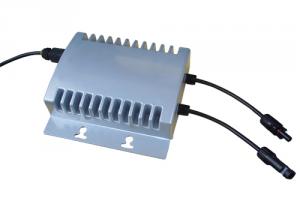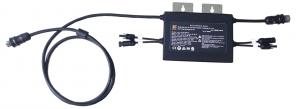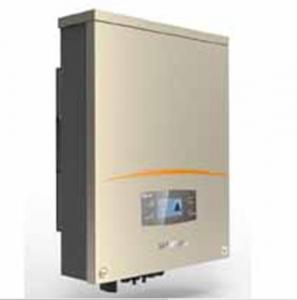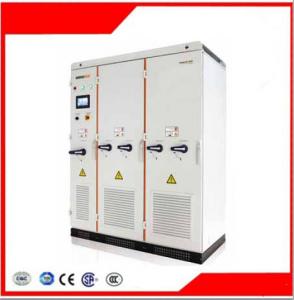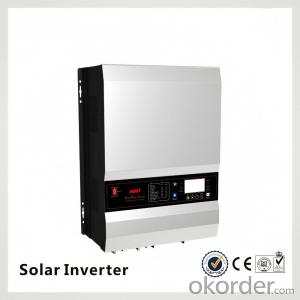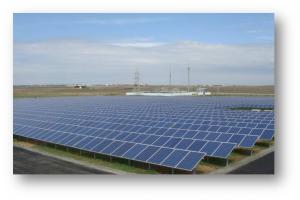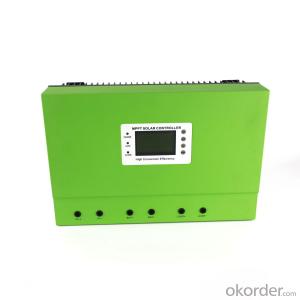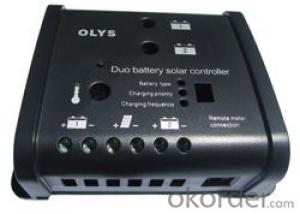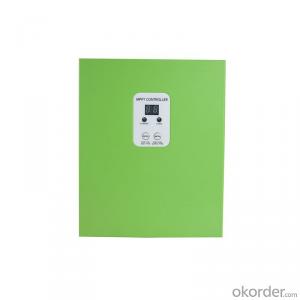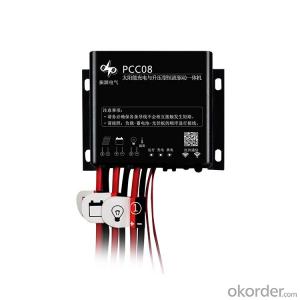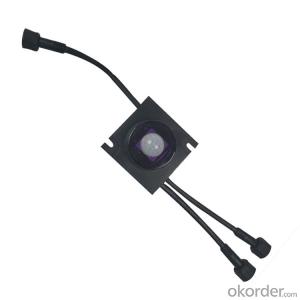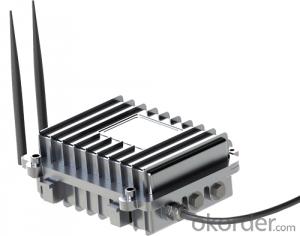Microgrid Solar Inverter
Microgrid Solar Inverter Related Searches
Micro Solar Inverter Micro Inverter Solar Microtek Solar Inverter Offgrid Solar Inverter Solar Micro Inverter Solar Grid Inverter Solar Solar Inverter Solar Smart Micro Inverter Solar Cell Micro Inverter Micro Inverter Solar System Solar Photovoltaic Inverter Small Solar Inverter Solar Small Inverter Micro Inverter Solar Panel Solar Hybrid Inverter Solar Panel Micro Inverter Solar System Inverter Inverter Solar Solar Power Grid Inverter Solar Energy Inverter Solar Inverter Inverter Solar Mini Inverter Sun Solar Inverter Micro Inverter Solar Kit Solar Smart Inverter Solar Electric Inverter Inverter Solar Hybrid Hybrid Solar Inverter Solar Converter Inverter Inverter Hybrid SolarMicrogrid Solar Inverter Supplier & Manufacturer from China
Microgrid Solar Inverter is a crucial component in the renewable energy sector, designed to convert the direct current (DC) generated by solar panels into alternating current (AC) that can be utilized by electrical appliances and fed into the power grid. This advanced technology plays a pivotal role in optimizing energy efficiency and reducing reliance on fossil fuels.The application of Microgrid Solar Inverters spans across various usage scenarios, such as residential rooftop installations, commercial establishments, and large-scale solar farms. They are engineered to manage the power flow between solar panels, batteries, and the grid, ensuring a seamless and reliable energy supply. These inverters are also equipped with advanced features like maximum power point tracking (MPPT) and islanding protection, which enhance their performance and safety.
Okorder.com stands as a prominent wholesale supplier of Microgrid Solar Inverters, boasting a vast inventory that caters to the diverse needs of customers worldwide. With a commitment to quality and customer satisfaction, Okorder.com offers a comprehensive range of inverters from reputable manufacturers, ensuring that buyers have access to reliable and efficient products at competitive prices.
Hot Products







